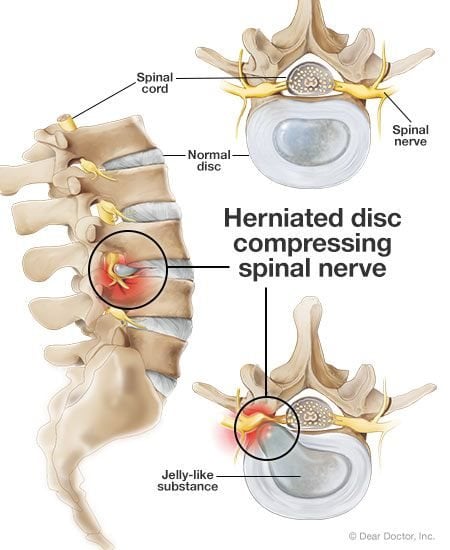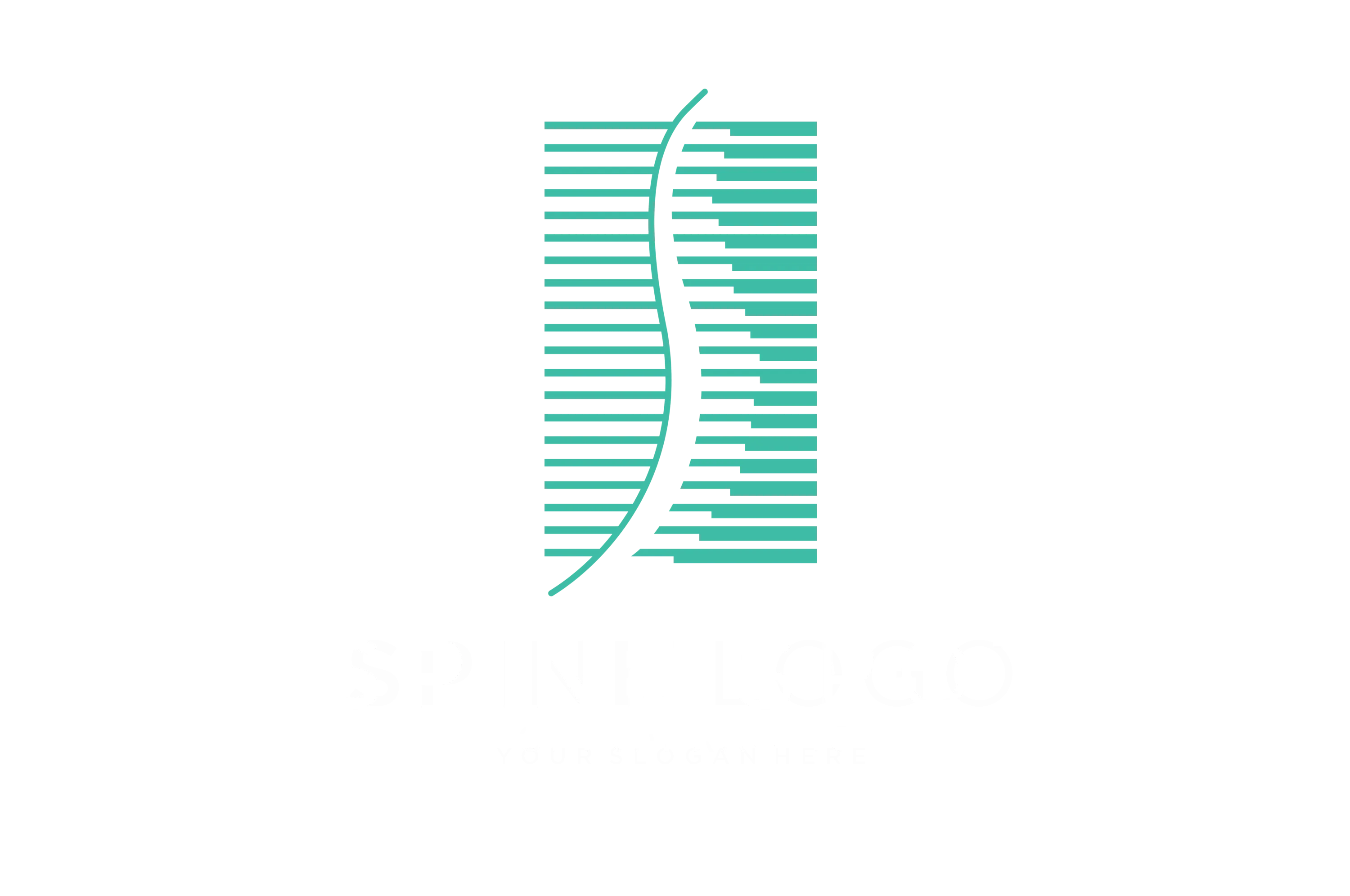Herniated Disc Chiropractic Care
Living with a herniated disc can be debilitating, causing pain and limiting mobility. Fortunately, chiropractic care offers non-invasive treatment options that can alleviate symptoms and promote healing. Understanding the anatomy of a disc, the causes of disc herniation, and the symptoms associated with this condition is crucial in comprehending how chiropractic care can help.
What is a Herniated Disc?
Understanding the Anatomy of a Disc
The spinal disc consists of a tough outer layer called the annulus and a gel-like inner core known as the nucleus pulposus. The disc serves as a cushion between the vertebrae, providing flexibility and shock absorption in the spine.
Causes of Disc Herniation
Disc herniation can occur due to aging, degenerative disc disease, or trauma. Repetitive stress or sudden heavy lifting can also lead to disc herniation, causing the inner nucleus to bulge or rupture through the outer layer.
Symptoms of a Herniated Disc
When the herniated disc puts pressure on the surrounding nerves, it can result in pain, numbness, or weakness in the affected area. Common symptoms include radiating pain, tingling sensations, and muscle weakness.
How Can Chiropractic Care Help with a Herniated Disc?
Chiropractic Treatment Techniques
Chiropractors utilize various techniques such as spinal adjustments, flexion-distraction, and spinal manipulations to help alleviate the pressure on the affected disc and promote healing.
Risk for Acute Lumbar Disc Herniation
Chiropractic care offers a non-invasive approach to treating acute lumbar disc herniation, reducing the need for early surgery and its associated risks.
Benefits of Chiropractic Care for Disc Herniation
Chiropractic treatment can provide pain relief, improve mobility, and address the underlying issues contributing to the herniated disc, offering a comprehensive approach to healing.
Non-Surgical Treatment Options for Herniated Disc
Chiropractic Techniques for Disc Protrusion
Chiropractic care aims to address disc protrusion through non-surgical methods, utilizing targeted adjustments and therapeutic exercises to alleviate symptoms and promote healing.
Chiropractic Care vs. Surgical Intervention
Compared to surgical intervention, chiropractic care offers a non-invasive and conservative approach to treating herniated discs, reducing the need for invasive procedures while effectively addressing the symptoms.
Role of Chiropractor in Pain Management for Herniated Disc
Chiropractors play a crucial role in pain management for herniated discs, providing personalized treatment plans that focus on reducing pain and improving the overall spinal health of the patient.
Understanding the Role of Chiropractic Adjustments
Spinal Manipulation for Disc Herniation
Spinal manipulation techniques performed by chiropractors can help reposition the affected disc, alleviating pressure on the nerves and promoting the body's natural healing processes.
Non-Invasive Approaches to Disc Herniation
Chiropractic care offers non-invasive approaches to treating disc herniation, focusing on restoring spinal function and addressing the underlying issues contributing to the condition.
Chiropractic Care for Bulging Disc and Sciatica
In addition to herniated discs, chiropractic care can also effectively address bulging discs and sciatica through targeted treatment techniques and rehabilitative exercises.
Preventive Measures and Lifestyle Changes for Disc Health
Exercises and Stretching for Disc Health
Chiropractors can provide tailored exercises and stretching routines to improve disc health, enhance flexibility, and strengthen the supporting muscles to prevent future injuries.
Posture Correction and Spinal Health Maintenance
Improving posture and maintaining spinal health are essential components of preventive care, and chiropractors can offer guidance on ergonomic adjustments and lifestyle changes to support overall disc health.
Dietary and Nutritional Recommendations for Disc Herniation
Dietary and nutritional recommendations play a significant role in disc health, and chiropractors can provide guidance on anti-inflammatory diets and essential nutrients to support the healing process for herniated discs.

What is a Disc bulge, Herniated Disc, or Disc Pain?
A bulging or herniated intervertebral disc (we will simply call them “discs” from here on out) can be a very painful condition. An injury to the disc can cause pain on its own, or it can cause nerve irritation or nerve compression that can occur at any level of the spine. When a nerve is affected, the pain and dysfunction can be much more intense. Most commonly, bulging or herniated discs occur in the lower back (lumbar spine), but they may also occur in the neck or middle back. With a detailed history and examination, chiropractors can help you figure out whether or not your pain is related to a disc problem.
Disc Anatomy
Discs themselves are not very complicated. They are the cartilage that sits between each of the vertebrae to absorb shock when we move. There are two main parts to the disc—the outer layers are tough and surround an inner jelly-like center. An easy way to think about this is to picture a big slice of onion with the inner layers removed and filled with gel toothpaste.
Causes
Even though those outer layers are tough, they can be weakened by age, general wear and tear, a sedentary lifestyle, and/or obesity. Weakened discs are more easily damaged by repetitive motion, force, and the act of lifting heavy weight and then shifting that weight. When the outer layers of the disc are weak, the pressure from the jelly-like center pushes on the weak layers and changes the shape of the disc. We call that change to the shape of a disc a bulge or prolapse. The outer layers of the disc can also tear, and if that jelly-like center starts to ooze between the torn layers, that is a disc herniation.
In both a disc bulge and a disc herniation, the changed shape of the disc can put pressure on the nearby nerves and/or spinal cord, and that pressure often causes pain. The location of the disc bulge or herniation may cause pain in other areas. For example, a bulging or herniated disc in the lower back (lumbar spine) may cause radiating pain, numbness or tingling, or muscle weakness in one or both legs and/or feet. A disc problem in the neck (cervical spine) may cause similar symptoms in the arms or hands.
Diagnosis
To diagnose a disc problem, chiropractors perform neurologic and orthopedic tests during your initial examination. These tests help figure out whether you have a disc problem, and which nerves may be affected by a disc bulge or herniation. Depending on the findings of your physical examination and the severity of your symptoms, an MRI (Magnetic Resonance Imaging) or X-rays may be requested. Chiropractors sometimes look at the spacing between the vertebrae on an X-ray to get an idea of the disc height and spine health in general, but an MRI is the best way to get detailed information about soft tissues, such as discs. It is possible that a bulging or herniated disc is seen on an MRI but is not causing any discomfort, so sometimes the condition is discovered when a person has an MRI for some other reason.
Treatment Options
Chiropractors may offer a variety of treatment options if you are diagnosed with a bulging or herniated disc. One very common treatment method for a bulging or herniated disc is flexion-distraction therapy. With flexion-distraction therapy (often referred to as F&D), your body will be gently put through a series of bending and tugging motions that create more space between the vertebrae for the disc to sit, which also helps take pressure off nerves in the area of the disc bulge.
Similar to flexion-distraction therapy is mechanical traction, which is a gentle, longer-lasting pull on the affected area, again to create more space between the vertebrae for the disc. Mechanical traction is often done using a machine that is monitored by the chiropractor or assistant. Spinal manipulation may also be a treatment option for a disc problem, to restore the correct joint motion in the spine and encourage disc healing.
Some chiropractors use other therapies in the office, such as therapeutic ultrasound, cold laser treatment, or interferential current (IFC) to take care of the muscles and nerves that may be affected by a bulging or herniated disc, along with other specific techniques that focus on healing bulging or herniated discs.
At-home care can be an important part of your treatment plan as well. You may be shown stretches and exercises to do at home between your visits.
There are many different options for treating a bulging or herniated disc. Chiropractors can help diagnose a disc problem and create a treatment plan with you to decrease your discomfort and improve the health of your spine.
More Conditions Treated
- Common Chiropractic Conditions
- Tennis Elbow
- Thoracic Outlet Syndrome
- TMJ
- Wrist Pain
- Scoliosis
- Spinal Stenosis
- Strains & Sprains
- Tech Neck/ Text Neck
- Tendonitis
- Pinched Nerve
- Sciatica
- Neck Pain
- Neuropathy
- Osteoarthritis
- Pregnancy Pain
- Joint Pain
- Mid/Upper Back Pain
- Posture Problems
- Golf Elbow
- Introduction to Common Conditions
- Plantar Fasciitis
- Forward Head Posture
- Lower Back Pain
- Pitcher's Elbow
- Fibromyalgia
- Hip Pain
- Knee Pain
- Carpal Tunnel Syndrome
- Dizziness & Vertigo
- Headache & Migraine
- Ear & Sinus Pain
- Degenerative Disc Disease
- Back Pain
- Bulging & Herniated Disc




